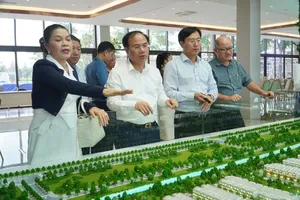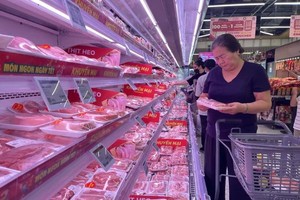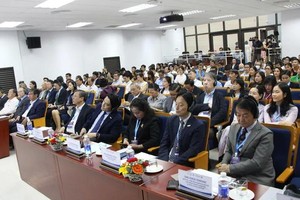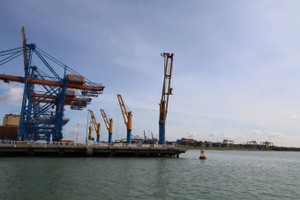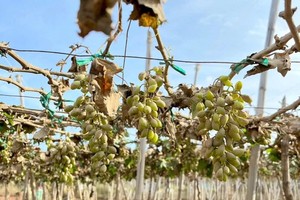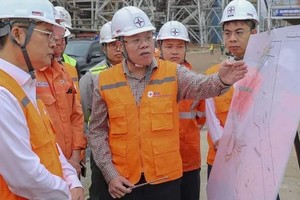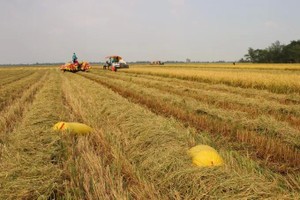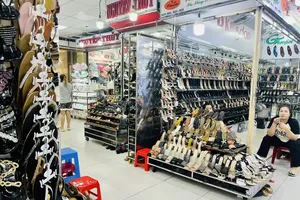Projections by the World Bank indicate that by the end of 2025, Vietnam’s economic output could exceed US$505 billion, officially placing the country among the world’s top 30 largest economies.
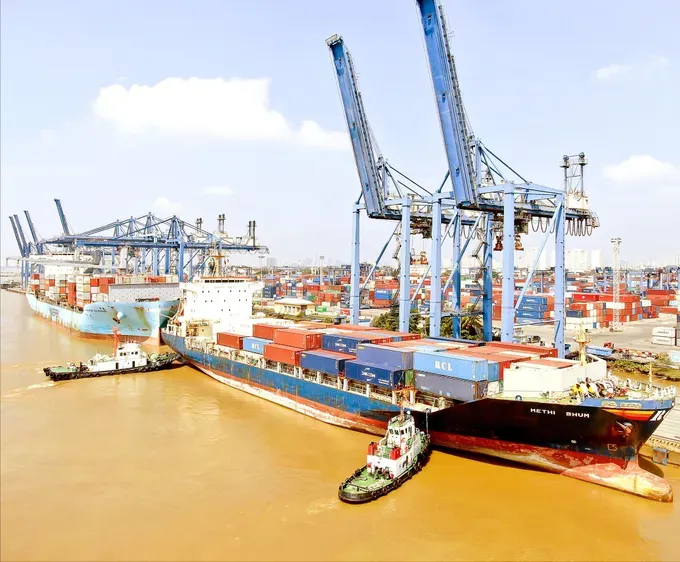
In fact, several of Vietnam’s manufacturing and export sectors have risen to the forefront globally, including textiles and garments, wood and furniture, electronics, food processing, seafood, and industrial equipment, forming a multi-industry network with great influence.
Mr. Nguyen Quoc Khanh, Chairman of AA Corporation and Vice Chairman of the Vietnam Timber & Forest Products Association (VIFORES), said that Vietnam has substantial untapped potential in advanced wood processing. In particular, the green furniture sector, if strategically leveraged, could help raise wood export revenues to US$30 billion by 2035, while also driving the development of a globally competitive supporting industry.
In the food processing sector, Mr. Diep Nam Hai, CEO of Cholimex Food, a leading import-export and investment company, highlighted its strong growth potential. With over 80,000 retail points, Cholimex products are now present in 30 countries. However, the greater opportunity lies in how Vietnamese brands can elevate themselves by blending traditional values with modern technology to enter the premium segment, he said.
According to international studies, Vietnam’s food and beverage processing industry reached a market size of over US$79 billion in 2024, accounting for nearly 20 percent of the country’s total industrial output, with an average annual growth rate of 7 percent. The packaged food market is projected to reach US$26.9 billion by 2028, presenting significant opportunities for domestic enterprises to invest in green packaging, processing technologies, and traceability to meet the growing demands of global consumers.
The international market continues to recognize the manufacturing and export capabilities of Vietnamese enterprises. The textile and garment sector now ranks among the world’s top three, with export revenues reaching US$42.1 billion. Wood and furniture products hold the second position globally, while seafood exports hit US$10 billion in 2024.
These figures reflect growing global recognition of Vietnamese product lines that emphasize cultural identity, environmental sustainability, and adherence to ESG (Environmental, Social, and Governance) standards. It marks a new positioning for Vietnamese goods within global supply chains, Director General of the Vietnam Trade Promotion Agency under the Ministry of Industry and Trade, Vu Ba Phu, said.
Synergizing to elevate the supply chain
Despite the economy’s impressive growth, Vietnam’s industrial sector remains far from truly sustainable, according to Dr. Pham Thi Hong Phuong, Senior Advisor at the Innovation Center of Ho Chi Minh City University of Industry. She noted that a significant portion of enterprises still rely heavily on outsourcing, imported raw materials, and foreign-dominated supply chains. In the food and beverage processing sector alone, as much as 60 percent of input materials are currently imported.
In the textile and garment sector, only around 15 percent of Vietnamese enterprises have achieved ISO 14001 certification. Most efforts remain limited to wastewater treatment or energy saving, not meeting the green technical barriers of global supply chains.
To strengthen internal capacity, Vietnamese firms must shift toward circular production models and invest in recycling technologies, clean energy, and green supply chain management. Additionally, they need to standardize production processes in line with ESG principles to qualify for entry into major markets such as the EU, the United States, and Japan.
Many business leaders emphasize the urgent need for the Government to remove internal bottlenecks hindering domestic enterprises. Vietnam can no longer rely solely on cheap labor or simple outsourcing; instead, it must foster collaboration between companies, research institutes, and universities to form a domestic localization alliance. This would connect businesses within industry clusters to jointly develop complete component ecosystems.
With over 90 percent of Vietnamese companies being small and medium-sized enterprises, operating in isolation makes it difficult to compete in global supply chains. Conversely, by working together, these businesses could increase the domestic content ratio to 50 percent by 2030, building a self-reliant manufacturing value chain, an essential foundation for Vietnamese products to expand globally.
To create more opportunities for Vietnamese enterprises to grow, Mr. Trinh Tien Dung, CEO of Dai Dung Group, emphasized the need for the Government to provide space for businesses to participate in key national projects. Currently, the country is implementing a series of large-scale projects in transportation, metro systems, renewable energy, equipment manufacturing, and industrial construction, with investments totaling tens of billions of US dollars.
This represents a golden opportunity for Vietnam to make a breakthrough if it has the right policies to enable domestic enterprises to engage more deeply in the industrial value chain. However, local businesses continue to face significant bottlenecks, such as a shortage of long-term capital, limited access to green financing for technological innovation, and industrial land costs that are considerably higher than those in neighboring countries.
Besides, the bidding mechanism is still inadequate, making it difficult for Vietnamese enterprises to participate in key projects, such as metro systems, gas-fired power plants, and petrochemical refineries. To address these challenges, it is necessary to build a domestic network of supporting manufacturers through public-private partnership frameworks; foster connections among large, medium, and small enterprises; establish self-reliant local supply chains; allow conditional bidding with a minimum localization rate of 50 percent; prioritize clean land funds at strategic locations; and implement green credit policies for technology investment.
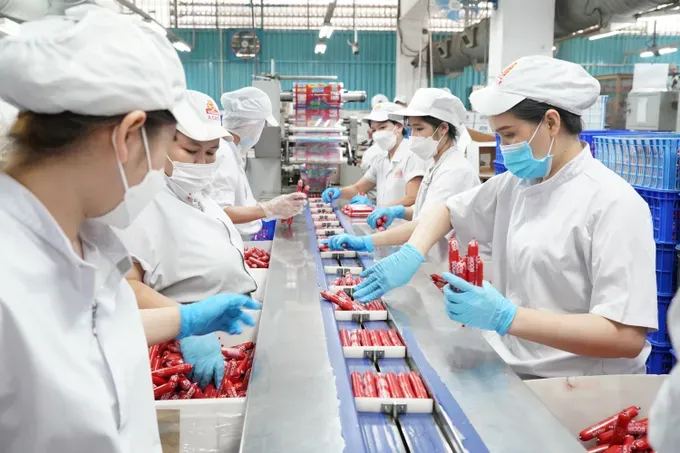
According to Associate Professor Dr. Tran Dinh Thien, former Director of the Vietnam Institute of Economics and member of the Prime Minister’s Economic Advisory Council, Vietnam stands at a pivotal juncture in its development journey that demands a new mindset and a fundamentally reformed logic of policymaking. This is not merely a time for piecemeal adjustments but for a comprehensive restructuring of the economic system to enter the era of creative intelligence, high technology, and green growth.
The private sector has emerged as the most vital driver of national growth and prosperity, contributing over 50 percent of GDP, 83 percent of employment, and 30 percent of the state budget. Yet its full potential remains untapped. For the private economy to truly become a national pillar, institutional barriers must be dismantled, and the business environment improved. Most importantly, the conditions must be created to foster the rise of large, globally competitive private enterprises with innovative capacity.
Achieving that vision requires a proactive role of the State that focuses on shaping a conducive development environment rather than relying on administrative intervention, addressing structural bottlenecks in infrastructure, human capital, finance, and science and technology. In addition, State apparatus reform must go hand in hand with market reform. At the strategic level, Vietnam must revitalize its domestic enterprise force by nurturing a new generation of businesses capable of innovation, technological mastery, and global governance, he added.
Mr. Tran Anh Tuan, economist and Vice President of the Vietnam UAV (aviation and aerospace) Network, noted that one promising direction for Vietnam lies in the development of a ‘low-altitude economy,’ leveraging emerging sectors that rely on small- and medium-scale technologies such as UAVs, robotics, smart logistics, precision agriculture, and telemedicine. These models require relatively low investment but offer high spillover effects, with the potential to create millions of new jobs and open up sustainable growth opportunities for Vietnamese enterprises. To realize this potential, Vietnam must adopt policies that encourage technology experimentation, prioritize green credit access, and accelerate the training of green engineers and specialists in sustainable supply chains.
